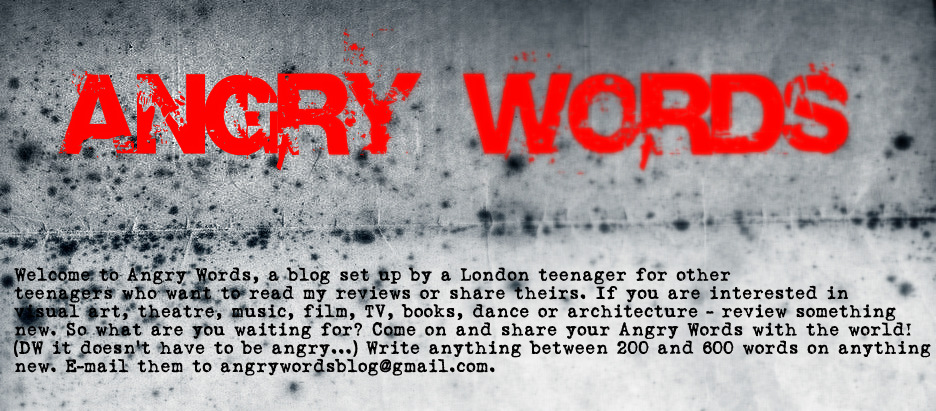This is the first time that anybody has brought together an extensive exhibition of the work of British artist, Jeremy Deller. This is obscure art. I don't think he paints, draws, sculpts, assorts random objects together or anything you would expect to see from an art exhibition. This man is different, he focuses on re-enacting significant historic events. He makes bold statements which define the way we feel about specific things and the way we co-operate to share ideas. He's a psychologist in many ways, an art psychologist. So how do you make an exhibition about somebody whose art can't be hung on a wall or placed on a podium?
A destroyed car is the feature of a bland room, simply plonked on the floor, picked from a bombsite. It had been been blown up in Iraq. Standing by the car was Esam Pasha, an Iraqi who recently sought refuge in the USA after fleeing the devastation of his homeland. He stood in front of this wreck ready to answer questions about Iraq. I didn't know what to ask, how to approach the man, mainly because I wasn't sure what to feel. But this art installation, entitled, 'It is what it is,' has started thousands of conversations after the tour it took with Deller and others. Deller's idea was excellent. He took an RV and mounted the car in the back, took Pasha and Jonathan Harvey, a former US soldier who served in Iraq. He drove them from New York to Los Angeles. Coast to coast, pit-stopping at random towns to talk to the inhabitants. Pasha and Harvey answered their questions and moved on, spending nights at the towns, inspiring the people and gifting them with a profound insight in to the brutal war that their country was involved in. That's how he operates, Jeremy Deller creates experiences for people to involve them in an event or an emotion.
But then the exhibition went downhill. I left Iraq and entered Orgreave. A town in South Yorkshire, and the scene of a riot which occurred in 1984 during the miners strike. A vicious battle, which defined the strikes. This was a perfect subject for Deller, but I found it a colossal anti-climax. He had employed hundreds of people, some actual participants of the real riot, to be police and miners. They had a rigorous routine where they attempted to recreate what happened almost thirty years ago. He turned it in to a film, accompanied by pictures and posters. I sat through the film and felt thoroughly disappointed. I had anticipated an edgy, involving and stimulating exhibition which really worked on me, as the car did. But it was pointless. It lacked the bite of 'It is what it is,' the audience participation where you could ask questions from a man with experience.
At least there was one film which really reached out to me, quite literally; 'Exodus,' a twelve minute three dimensional film which followed a colony of bats soaring into the twilight sky. I, along with the rest of the theatre, was in awe at the bats swarming out of the screen. This was a harmonious pairing of art and digital technology. It was simply beautiful, like being in a wonderful dream, unless of course you have, 'batphobia.' I don't doubt Deller's ability to arrange events and create art, and it must be brilliant to participate in that, but what doesn't work is when he bottles it up in an art gallery. It starts off as Fizzy Pop but turns flat at the Hayward Gallery. The irony was that the exit of, 'Joy in People,' was a huge black wall with the words,' I love melancholy,' printed on it. Black on black. Crouching against the wall, Deller places a young woman silently reading a book. To be honest I felt like grabbing her by the hand and dragging her upstairs to have a bit of fun at David Shrigley's exhibition.
By Freddie


No comments:
Post a Comment